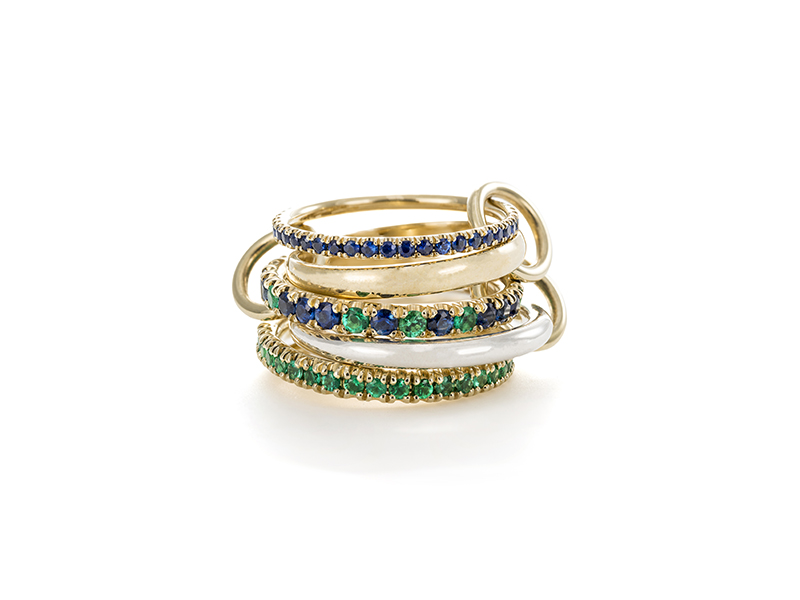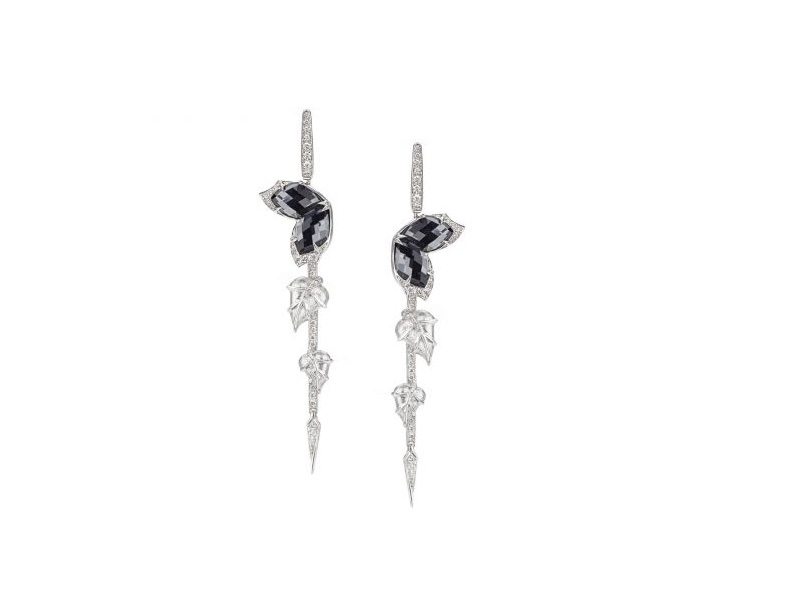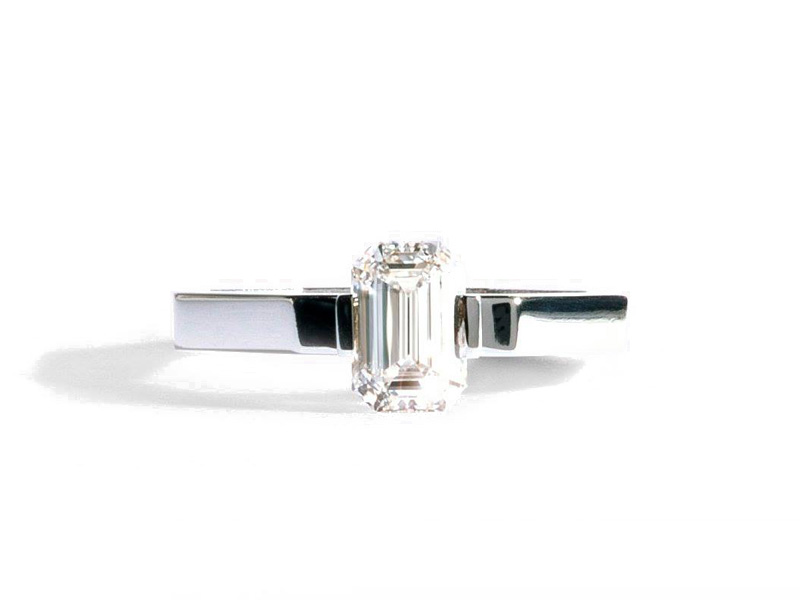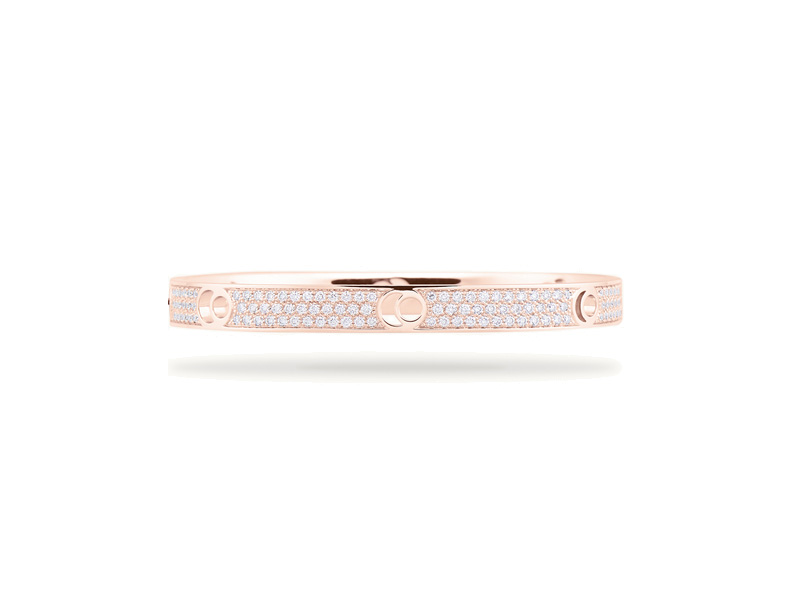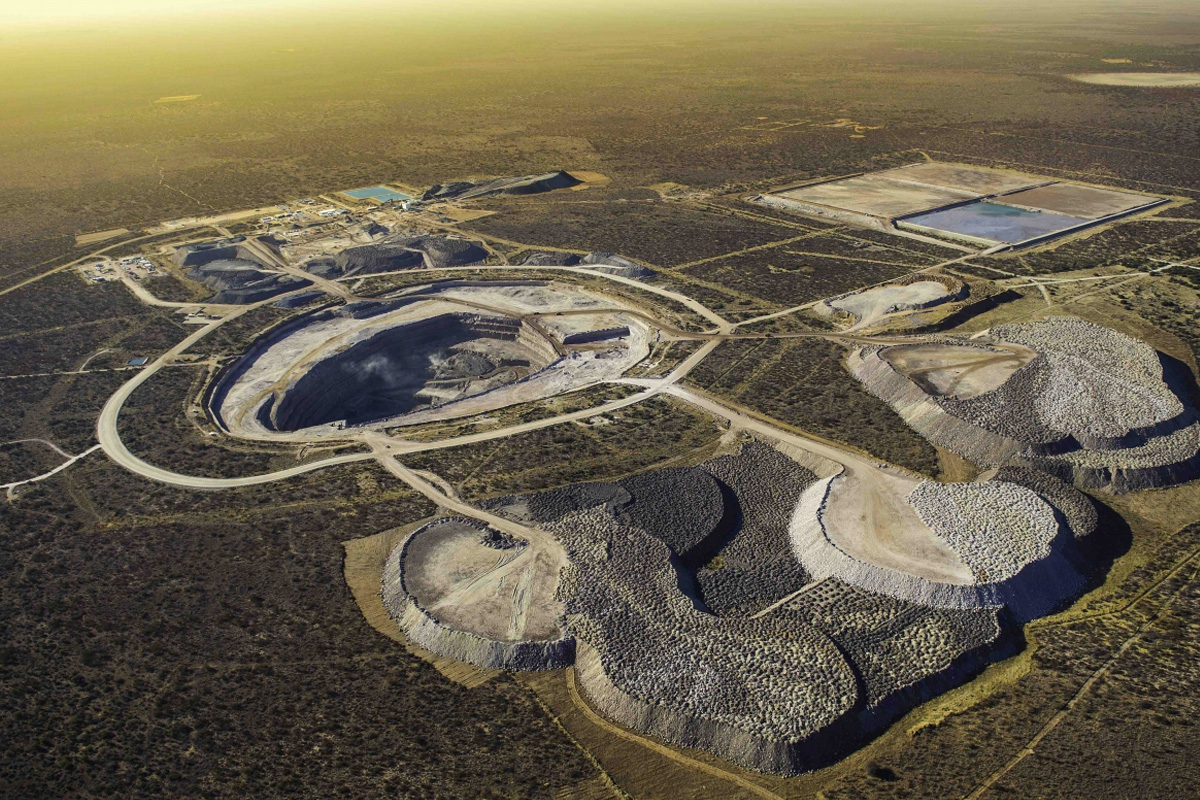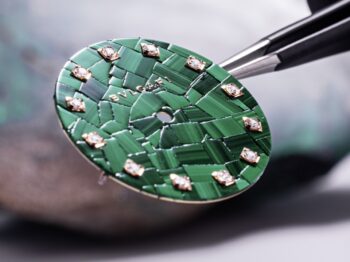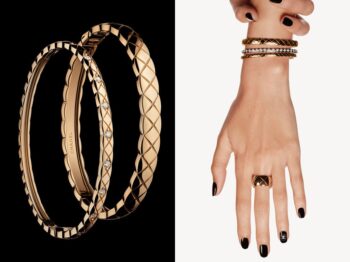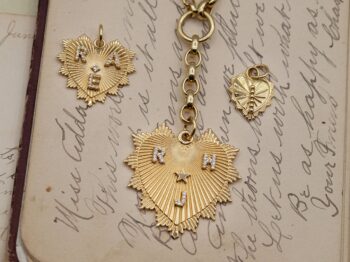From fast-fashion to the luxury high-end market, many consumers are favoring conscious purchases. A growing awareness extended to the jewelry industry and help to put the spotlight on environmental and socially-conscious fashion brands.
If you have seen “Blood diamonds”… the Hollywood drama where actor Leonardo DiCaprio plays Danny Archer a White gunrunner who landed in jail for trying to smuggle diamonds from Liberia you know that gemstones sourcing has become a key issue for the jewelry industry, but not the only one. When released in 2006, the movie raised on an international and Hollywood level the issue of the diamonds mined in war zones and sold in order to finance conflicts.
Let’s back up a little… what does “ethical jewelry” actually mean? According to Livia Firth, spouse of Colin Firth but also the founder and creative director of EcoAge, a consultancy company supporting sustainable business, ethical jewelry is about three major pillars. The first includes the treatment of the workers, the second is the effect on local communities and the thirst takes into consideration the environmental impact of the mines. Through their actions, these ethical brands have the purpose to break up the rules and take away the dark side of jewelry.
ETHICAL JOURNEY TO SUSTAINABLE LUXURY
The Swiss brand Chopard was the first brand to commit and has introduced a new era in the jewelry sector whilst launching in 2013 “The Journey”, an ambitious multi-year program of sustainable luxury. An initiative that aims to set new environmental and social standards for jewelry and watchmaking and to focus on issues such as the respectful sourcing and traceability of raw materials. Acting this way, Chopard has become the first luxury watch and jewelry company to support and enable mining communities to reach Fairmined certification: a label that certifies gold is responsibly minded and guarantees a fair trade for the miners. Announced during Baselworld this year, Chopard will use exclusively 100% ethical gold in every single piece of jewelry they are making, effective in July 2018.
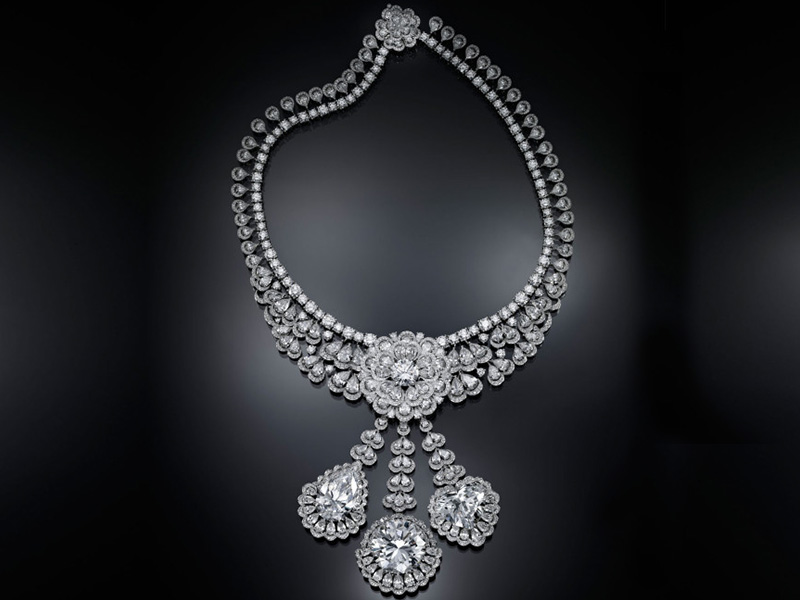
In addition to the Green Carpet Collection that has been made with fairmined gold for the past years, Chopard proves that high jewelry pieces can be both beautiful by their design and their ethical story.
Sustainability is a topic that is dear to others brands that deserve our attention such as Spinelli Kilcollin, Stephen Webster, JEM or more recently Courbet. Since its beginning, Spinelli Kilcollin oversees all aspects of its jewelry production, from the initial sourcing of their stones to the final polishing of each piece. The brand, which jewels are locally made in its workshop based in Downtown L.A., offers handmade pieces mostly made from recycled gold and silver metals and set with conflict free diamonds.
WHEN IT COMES TO SOURCE CONFLICT FREE DIAMONDS, OPINIONS ARE DIVERGING.
Many jewelers have made the choice to source diamonds only from companies that adhere to the Kimberley Process and the World Diamond Council’s System of Warranties that act in preventing the distribution of conflict diamonds in the jewelry industry. For a few, these guarantees aren’t enough. It is the case of the French brand Jewelry Ethically Minded which has opted for synthetic diamonds for its upcoming jewelry line. Dorothée Contour, JEM’s co-founder and CEO explains that “even though you buy from suppliers that are transparent about their mining processes, natural diamonds are a non-sense ecologically as the mine extraction uses a lot of energy and is polluting.”
Grown in the laboratory of Diamond Foundry based in San Francisco, their synthetic stones are created the way in which Earth forms diamond, but with a zero-carbon footprint. Finally, a diamond that make us not feel guilty about our love of sparkle. Along the same philosophy, the French jewelry brand Courbet just unveiled its first collection made exclusively of recycled gold and lab-grown diamonds. In doing-so Courbet becomes the first jewelry brand using this crafting process and being at the same time based Place Vendome, near all of the big names.
BESIDES ETHICAL GEMSTONES AND RECYCLED METALS, CAN WE GO FURTHER IN SUSTAINABLE JEWELRY BUSINESS?
It is the ambition of the Positive Luxury Platform that connect consumers to community of luxury lifestyle brands that place social and environmental responsibility at the heart of their business. The London-based Jewelry House Stephen Webster was awarded in 2016 the Butterfly Mark by Positive Luxury for their commitment in protecting the local environment whilst using renewable energy and recycle waste, but also in developing a local manufacturing. Not only beautiful, Stephen Webster jewelry are recognized as “fairtrade”, meaning that each step of the production respects responsible labor practices and essentials. For Stephen Webster, the Butterfly award is the only beginning of a journey to sustainability: people are asking for more transparency and “the younger generation is starting to care about the bottom line.” Today more than ever, our jewelry decisions matter.
